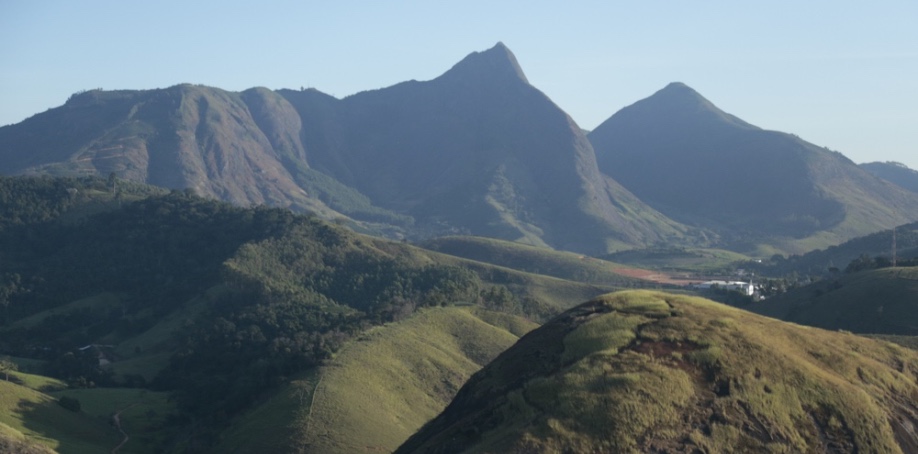tips for running at altitude
If you're running in a race at altitude, you need to take proper precautions to ensure your safety and performance.
Your Body at Altitude
Running a race at altitude can pose a challenge for some athletes, especially if you live at sea level. It's important to know the exact altitude you'll be running at, and how to prepare to prevent Altitude Sickness. High altitude is considered to be between 5,000 and 11,500 ft. Very high altitude is between 11,500 and 18,000 ft. Extreme altitude is above 18,000 ft.
The amount of oxygen in the air at sea level is the same at high altitudes, about 21%. The air molecules at high altitude are more dispersed, which delivers less oxygen to the body. The higher the altitude, the less oxygen you are able to breathe in. This results in shortness of breath and fatigue at higher altitudes.
High altitude causes an increase in your heartbeat, breathing and urination. Your skin and lungs evaporate at a faster pace because of the low humidity and low air pressure at high altitudes. This, in conjunction with your body's increased labor, makes you dehydrate at a quicker pace.
What to Expect at Altitude
The effects of high altitude can vary from person to person. Some may experience little to no effects, while others may find themselves with moderate to severe symptoms. For athletes that aren't acclimatized, the effects of running at altitude can include exhaustion, increased heart rate, and increased risk of dehydration. It's important to listen to your body and know the symptoms of Altitude Sickness, which can include: headache, fatigue, nausea, shortness of breath and confusion. So, what can you do to make your transition to high altitudes smoother for a race?
Arrive Early
Giving yourself enough time to acclimate to high altitude is ideal. Sometimes this is not always possible, but aim to get to the race location at least a week in advance. Be sure to stay active, which will help accelerate the acclimatization process. When you first arrive, take a day or two off and see how you feel. If you aren't experiencing any symptoms, feel free to continue training for your upcoming race, but reduce your intensity by 10%.
Plan Accordingly
If it's not possible for you to arrive a week prior to the race, plan your arrival time as close to the race as possible. Upon arrival and before the 24-hour point, your body hasn't begun acclimating to the high altitude yet, so it's the best time to race. Your performance on day one will be better than day two, three, or four. Still prepare to take the race slow, especially if it's your first race at altitude.

Hydrate
Focus on your hydration and drink plenty of fluids. Plan on doubling your water intake. At high altitudes, your body burns more carbohydrates and less fat. As a result, it may be beneficial to consume a low-fat diet while training at altitude.
Take it Slow
If it's your first time running at altitude, don't go out pushing hard. Begin the race at a slow, steady pace and see how you feel. If you experience little to no effects the first leg of the race, you can always pick up your pace.
Avoid Alcohol
As stated earlier, staying hydrated is a key factor in acclimating to high altitude. As we all know, alcohol dehydrates your body, so it's best to avoid it altogether, or at least until after the race. Refraining from use of tobacco is important as well, which can lead to strained breathing.